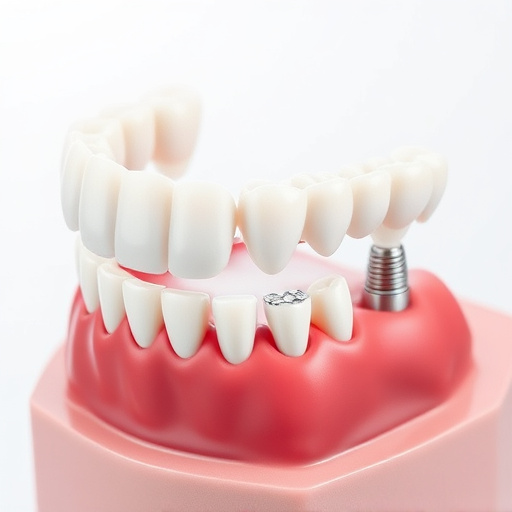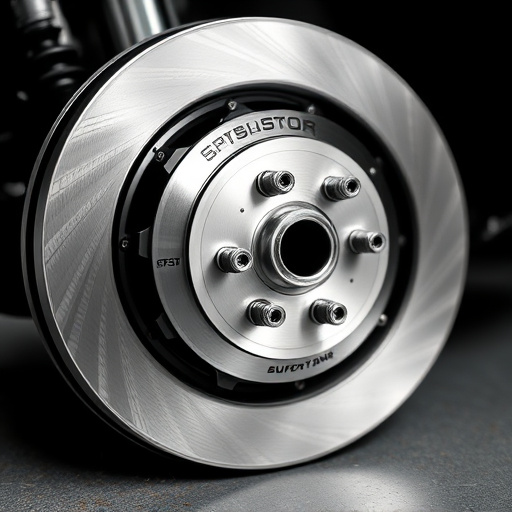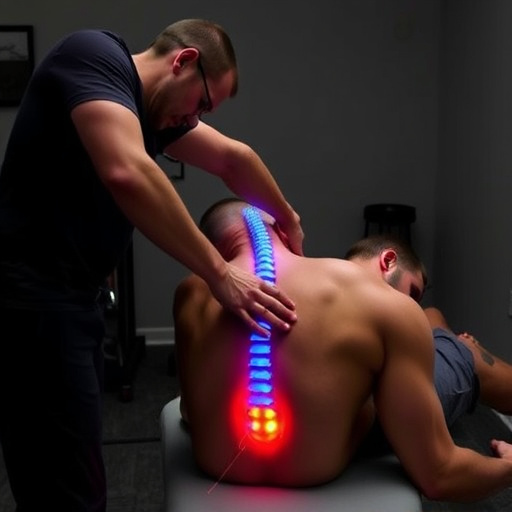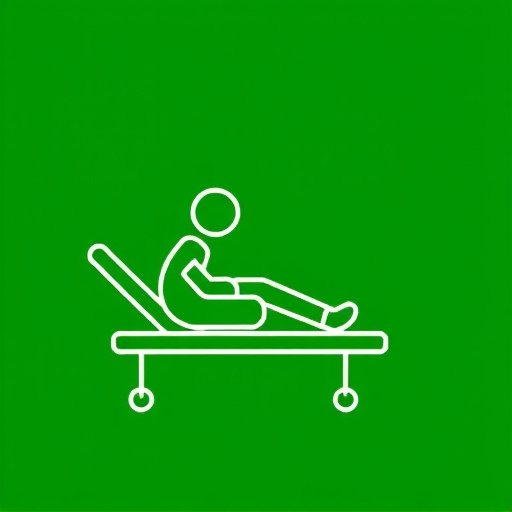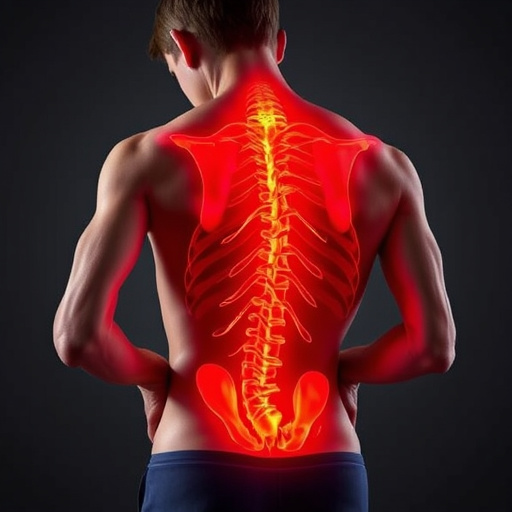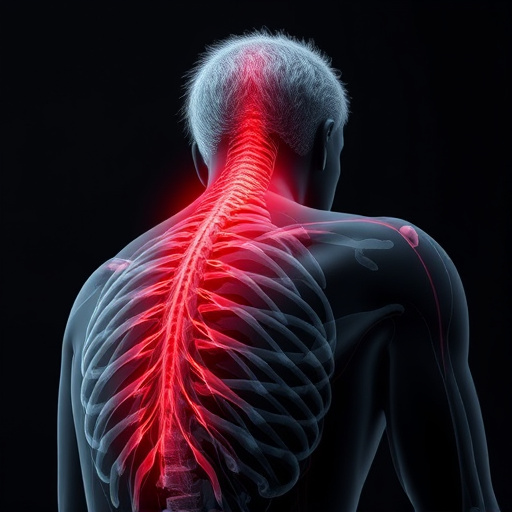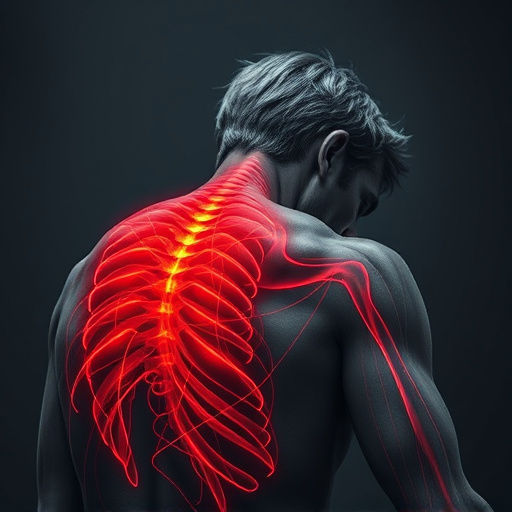X-rays are vital tools in car accident injury care, offering non-invasive visualization of internal structures to diagnose injuries. Modern machines prioritize safety with lead shielding and reduced radiation doses, enabling accurate assessment of fractures, dislocations, and soft tissue damage. These detailed images aid in prompt treatment planning, rehabilitation monitoring, and chronic pain management, enhancing patient outcomes by facilitating timely intervention and adjustments to recovery plans.
In the realm of car accident injury care, X-rays play a pivotal role in assessing and managing patient conditions. This diagnostic tool, utilizing high-energy electromagnetic radiation, offers insights into internal structures not visible through visual examination. By examining bone fractures, soft tissue injuries, and internal bleeding, healthcare professionals can accurately diagnose and treat car accident victims, ultimately enhancing patient outcomes. This article delves into the basic principles, safety considerations, and significant impacts of X-rays in car accident injury care.
- Understanding X-Rays: Basic Principles and Safety
- Role in Car Accident Injury Assessment and Diagnosis
- Impact on Treatment Planning and Patient Outcomes
Understanding X-Rays: Basic Principles and Safety
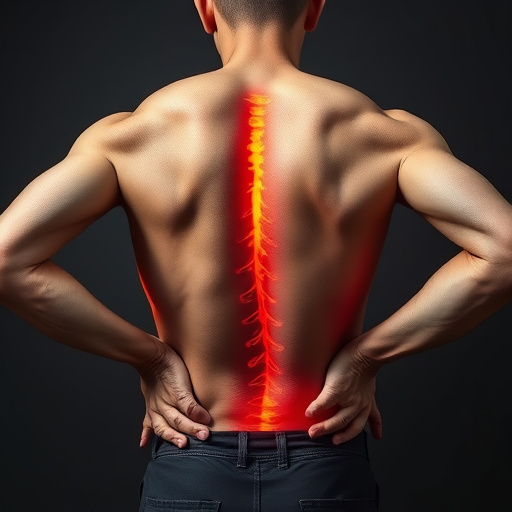
X-rays are a fundamental tool in car accident injury care, offering medical professionals a non-invasive way to visualize internal structures and diagnose injuries. This technology relies on the interaction of X-ray beams with various materials, including bones and tissues, allowing for detailed imaging. When used appropriately, X-rays provide crucial insights into the extent of an individual’s injuries, aiding in accurate diagnosis and treatment planning for car accident victims.
Safety is a paramount concern when employing X-ray technology, particularly in the context of car accident injury care. Medical professionals employ strict protocols to minimize exposure, ensuring both patients and staff remain protected. Modern machines are designed with advanced safety features, including lead shielding and reduced radiation doses, contributing to wellness care by minimizing potential health risks associated with this diagnostic tool. Effective post-injury care heavily relies on timely and accurate imaging, making X-rays an indispensable asset in managing car accident injuries, from diagnosing fractures to assessing soft tissue damage, thereby guiding the appropriate sciatica treatment or other necessary interventions.
Role in Car Accident Injury Assessment and Diagnosis
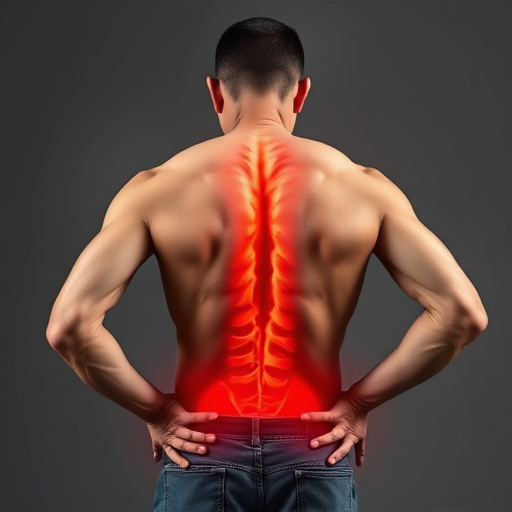
X-rays play a pivotal role in the initial assessment and diagnosis of car accident injuries. Following a collision, medical professionals often employ X-ray technology to gain valuable insights into the extent of an individual’s injuries. These high-resolution images can reveal fractures, dislocations, and internal damage that may not be immediately apparent through physical examination alone. By quickly identifying such issues, healthcare providers can initiate appropriate treatment plans, ensuring timely care for car accident victims.
Furthermore, X-rays are instrumental in monitoring the progress of injury rehabilitation and guiding physical therapy sessions. They allow medical experts to track the healing process, assess the alignment of bones and joints, and make informed decisions regarding further treatment, including chronic pain relief interventions if needed. This continuous assessment is crucial for developing effective strategies tailored to each patient’s unique recovery journey within car accident injury care.
Impact on Treatment Planning and Patient Outcomes
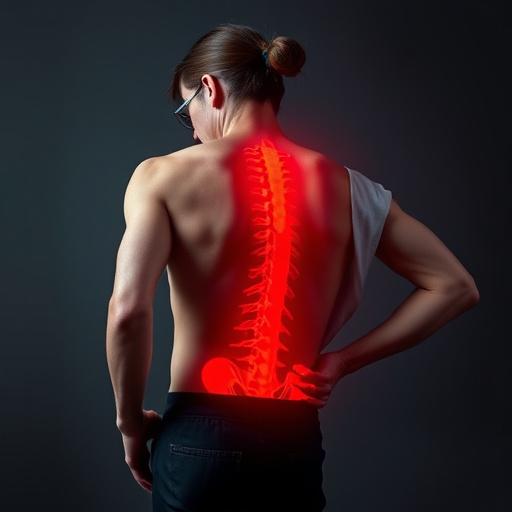
X-rays play a pivotal role in treatment planning for car accident injury care patients. By providing detailed images of broken bones, fractured joints, and other structural damage, they enable healthcare professionals to quickly assess the extent of injuries and develop tailored treatment strategies. This proactive approach significantly impacts patient outcomes by ensuring prompt intervention and reducing potential complications.
Furthermore, X-ray data is invaluable in monitoring progress during recovery. As patients undergo rehabilitation and treatment for car accident injuries, regular X-rays help track healing rates, identify any misalignments, and adjust care plans accordingly. Integrating this diagnostic tool into wellness care routines facilitates effective chronic pain management, promotes faster recovery, and enhances overall patient satisfaction.
X-rays play an indispensable role in car accident injury care, offering crucial insights into internal injuries that may not be apparent through visual inspection. By safely and swiftly providing detailed images of bones and soft tissues, X-rays facilitate accurate assessment, informed diagnosis, and effective treatment planning, ultimately enhancing patient outcomes in the critical aftermath of a vehicular collision.
